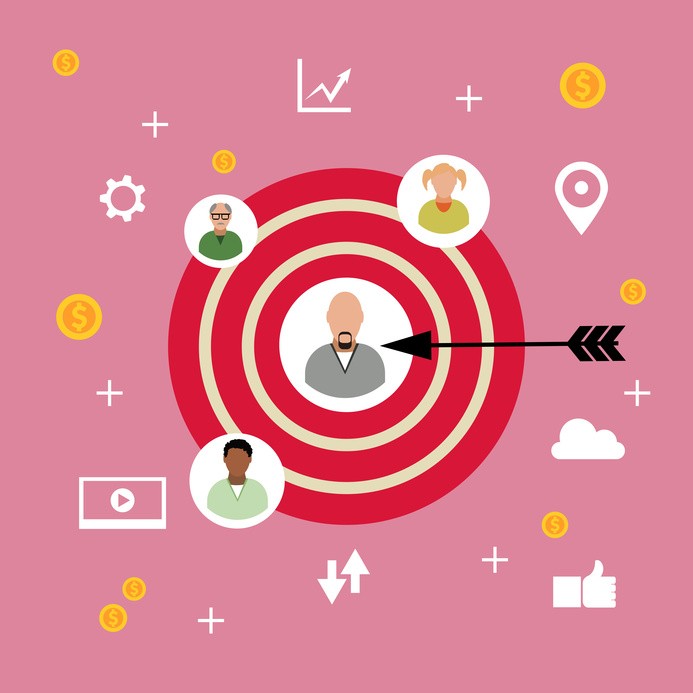JoomConnect Blog
Why It Pays to Personalize Your Website Visitors’ Experiences
Personalized and customized content and services are everywhere, in both the B2C (business-to-consumer) and B2B (business-to-business) markets. As a result, any B2B audience you’re trying to target is going to be primed to be more responsive to personalized, direct engagement. To take full advantage of this phenomenon and its benefits, you need to make sure that the epicenter of your marketing - your website - is offering a personalized experience to your audience.
Why Personalization is Useful to B2B Marketing
When you engage in B2B marketing, you have to remember that (like you) your audience is a part of a business. As a result, you’ll need to remember that there are assorted variables to every B2B buyer that will influence their reactions to your marketing tactics. You want to make it as easy as possible for your visitors to find what they are looking for. This is made much easier by offering a personalized experience that addresses what would logically be the most reasonable next step for a given visitor in their buyer’s journey.
Of course, personalizing your website content can also deliver some other considerable benefits as well.
- Encourages Engagement: As a business-to-business, well, business, your website visitors are more than likely to be part of a business themselves. While you most likely know this very well out of experience, businesses tend to be busy - therefore, you will want to hook your audience, and hook them fast. Keeping your audience members engaged with your website by offering an experience that addresses what they are looking for directly will make it more likely that they will stay on your website.
- Improves Lead Quality: Another plus to personalizing your website experience for different visitors is that it helps to separate the wheat from the unqualified chaff. Eliminating those who wouldn’t be a good fit for your services (for instance, those who don’t need them) allows you to focus on those who would. By sending your leads to a page that gives them a more directed view of your services, you allow the good fits to continue on their way, while simultaneously saving money by allowing those who aren’t to jump ship.
- Drives the Buyer’s Journey: Having leads is great, but having clients is better. A website that is personalized and addresses the needs that a lead has is one that is more likely to generate conversions, guiding them through the funnel towards a successful transaction.
- Near Real-Time Testing: By utilizing A/B testing strategies, you can test and edit your personalizations as you go, identifying which marketing choices work with your audience, and which didn’t. This not only makes your marketing more effective, it can also help reduce some of your marketing spend.
However, you also need to know who your audience is before you speak to them.
Identifying Your Audiences
One of the key pieces to making any kind of marketing successful is the process of identifying whom it is you are talking to, and how to best communicate with them. As your personalization efforts can allow you to target a variety of audiences, you are able to approach them each with different tactics - dividing and conquering, as it were.
In order to do so effectively, you will need to divide your prospects into groups (based on factors discussed below) to ensure that you, first and foremost, understand the makeup of a given audience. This will allow you to establish how, where, and when you can most effectively communicate with which members, and what to say to who. By dividing your mass of prospects into audiences, you can more easily determine what each audience is worth to your business and is therefore more profitable to pursue first. After all, you could have one audience with a few high-value (but long shot) targets to approach, and another with many low-value targets that are essentially a sure thing. It may make more sense for you to lock down the sure thing targets before investing in the long shots.
You should keep your audiences fairly distinct from one another. If you can’t offer a unique, personalized experience to each, aren’t you going about this process in half-measures?
Your audiences can be differentiated through an assortment of variables. Maybe you have a particular message that will resonate more strongly with a particular industry, or you want to focus on the prospects you have in a particular area. You can provide a different website experience to someone who has already come from a particular inbound source than someone who came from another, or someone who has spent more time on your service pages than in your blog.
Testing it Out
Remember, you can always edit these to make them more effective based on the results from A/B testing. It wouldn’t do to ultimately hurt your website’s efficacy by trying to improve it. On a related note, don’t forget to test a generic, catch-all option against your customized versions as a control. Who knows, you may even find that the catch-all is the most effective.
Want Help?
If you need any help with any of the steps discussed above to personalizing your website, or with any other piece of your marketing strategy, reach out to us! Not only are we here, we’re willing to help.



